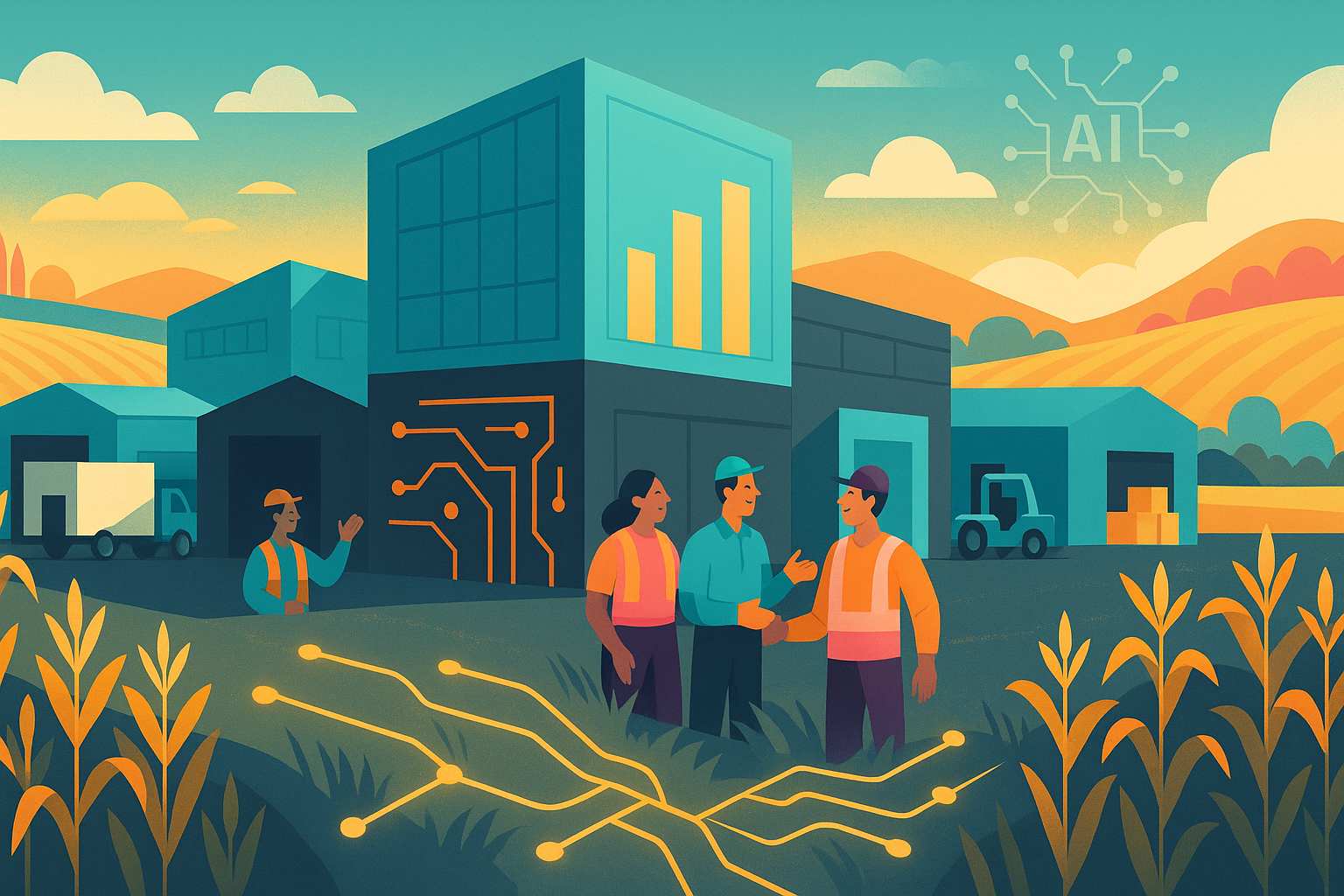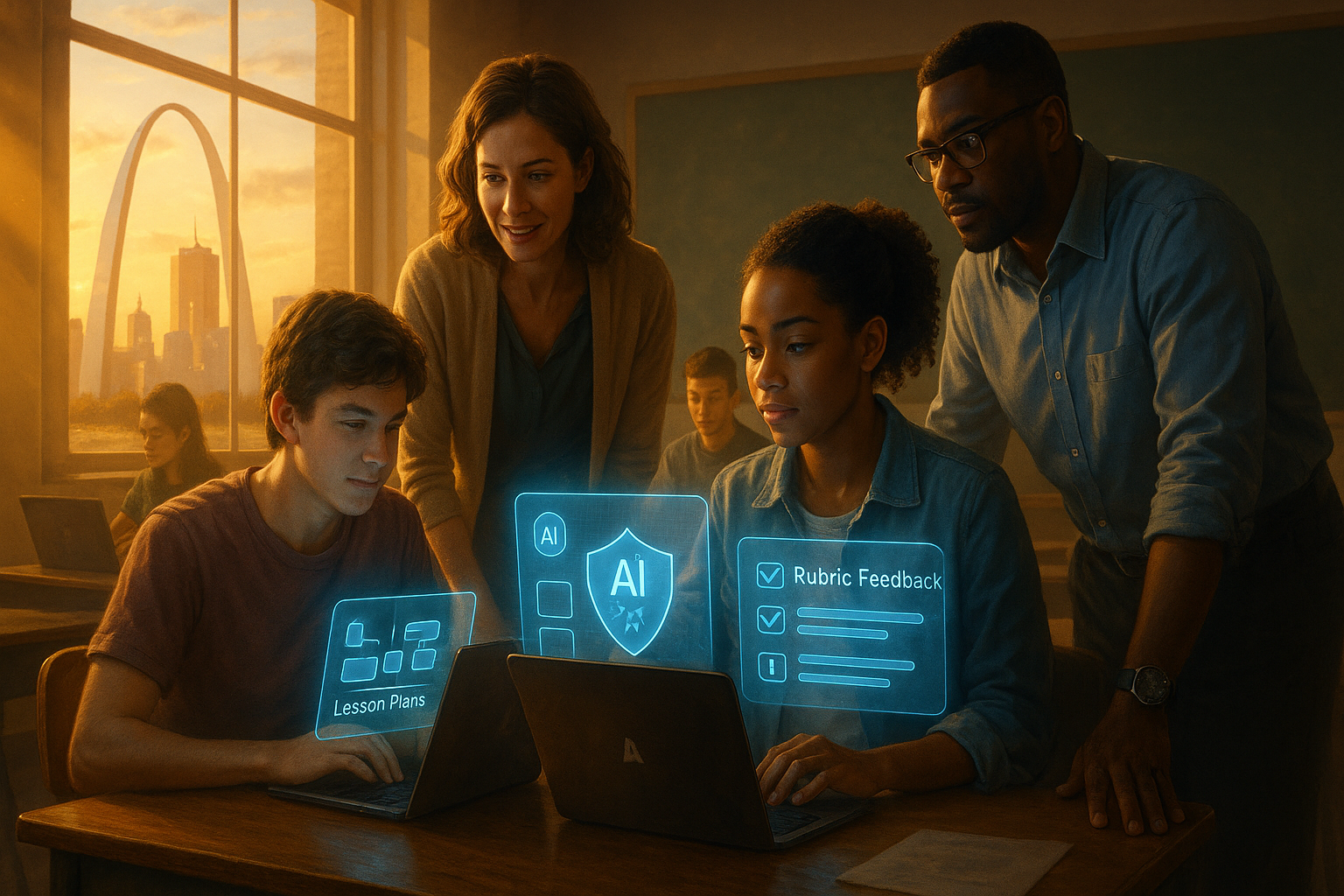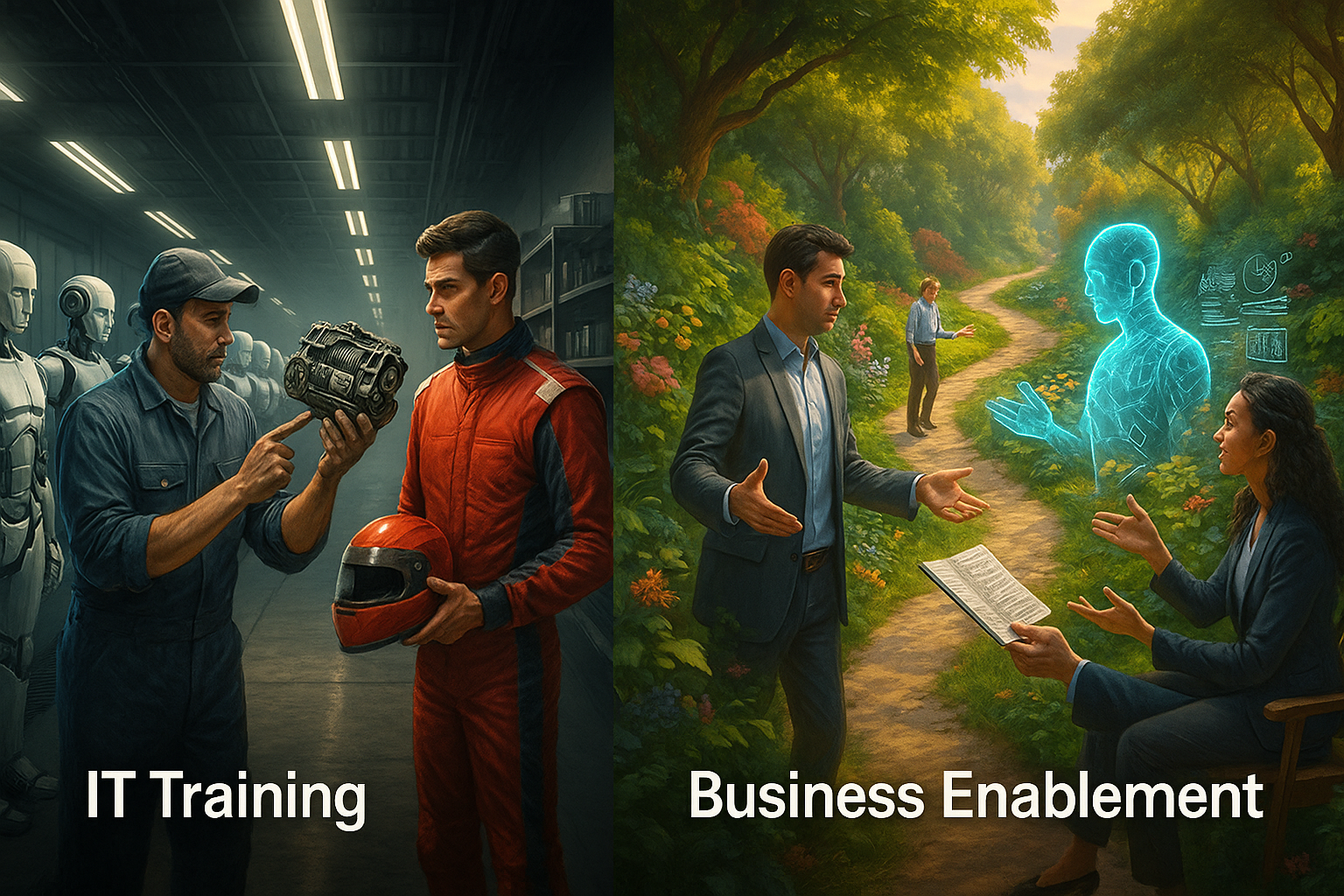
From Prediction to Protection: AI’s New Role in Saving Lives
Beyond the headlines of corporate efficiency and market disruption, artificial intelligence is quietly being deployed on the front lines of humanity’s greatest challenges. In a world grappling with climate change, health inequality, and food insecurity, AI is emerging as a critical tool not just for analysis, but for proactive, life-saving intervention. This isn’t science fiction; it’s a new reality where algorithms are used to forecast floods, diagnose diseases in the most remote areas, and predict famines before they strike. This “AI for Good” movement is shifting the paradigm from reaction to prevention, and here are three powerful examples of how it’s happening right now.
Seeing the Floods Before They Arrive
For millions living in flood-prone regions, early warnings are the difference between life and death. The challenge has always been acute in “ungauged watersheds”—areas lacking the physical sensors to collect local river data. Now, as detailed in studies published in prestigious journals like Nature, AI is closing this critical gap. Projects like Google’s Flood Hub are using sophisticated AI models, such as Long Short-Term Memory (LSTM) networks, to provide reliable flood warnings up to seven days in advance. By training on vast datasets of historical weather patterns and satellite imagery, these AI systems can predict rising water levels with remarkable accuracy, even in data-scarce regions across Africa and Asia. This technology is now operational in over 80 countries, providing publicly accessible forecasts that empower governments and aid organizations to evacuate communities and preposition supplies long before disaster strikes.
The AI Clinic That Fits in Your Pocket
What if a state-of-the-art medical clinic required no building, no internet, and no reliable electricity? The AI Clinics on Mobile (AICOM) project, an open-source initiative incubated at McGill University, is making this a reality. Recognizing that over 80% of people in the least developed countries own a mobile phone but less than 40% have internet, AICOM focuses on offline, on-device diagnostics. Their first major success, AICOM-MP, is an AI-powered tool that can screen for diseases like monkeypox using a phone’s camera, without needing to send any data to the cloud. By optimizing complex AI models to run on low-end smartphones, AICOM is putting diagnostic power directly into the hands of people in underserved communities. This initiative, supported by the UN, directly addresses global health equity by bridging the gap between populations and the healthcare they desperately need.
Predicting Hunger to Prevent Famine
Timely intervention is crucial in preventing food crises, but humanitarian aid often arrives after malnutrition has already taken hold. AI is changing this by shifting the focus to prediction. The World Food Programme (WFP), for instance, uses AI in its “HungerMap LIVE” platform to monitor and predict food security in near real-time. By analyzing a complex mix of data—including satellite imagery of crop health, conflict reports, climate data, and market price fluctuations—AI models can identify emerging hunger hotspots months in advance. This enables the WFP and other NGOs to allocate resources and launch humanitarian campaigns proactively, getting aid to vulnerable populations before a crisis escalates into a famine. It transforms the entire approach from a reactive, costly response to a proactive, life-saving strategy.
These stories are more than just innovative applications of technology; they represent a fundamental change in our ability to protect the world’s most vulnerable populations. At Spark AI Strategy, our commitment is to shine a light on these powerful “AI for Good” initiatives. We believe that the true measure of technological progress is its impact on humanity, and by sharing these stories, we aim to inspire a greater focus on creating a smarter, safer, and more equitable world for all.
Bibliography
AI for Global Flood Forecasting
Google Research. “Using AI to expand global access to reliable flood forecasts.” Google Research Blog, March 20, 2024, Using AI to expand global access to reliable flood forecasts .
Klotz, D., et al. “Global prediction of extreme floods in ungauged watersheds.” Nature, vol. 627, March 20, 2024, pp. 811–818, https://www.nature.com/articles/s41586-024-07145-w.
AI Clinics on Mobile (AICOM)
AI for Good. “AI Clinics on Mobile (AICOM): Universal AI Doctors for the ‘Underserved’ and ‘Hard-to-Reach’.” AI for Good Global Summit, accessed June 30, 2025, https://aiforgood.itu.int/ai-clinics-on-mobile-aicom-universal-ai-doctors-for-the-underserved-and-hard-to-reach/.
Liu, Shaoshan, et al. “AI Clinics on Mobile (AICOM): Universal AI Doctors for the Underserved and Hard-to-Reach.” arXiv, June 17, 2023, AI Clinics on Mobile (AICOM): Universal AI Doctors for the… .
MIT Solve. “AI Clinics on Mobile (AICOM).” MIT Solve, 2023, MIT Solve .
AI for Predicting Global Food Crises
United Nations World Food Programme. “Artificial Intelligence.” WFP Innovation Accelerator, accessed June 30, 2025, Artificial Intelligence | WFP Innovation .
United Nations World Food Programme. “HungerMap LIVE.” WFP Innovation Accelerator, accessed June 30, 2025, HungerMap LIVE | WFP Innovation .




